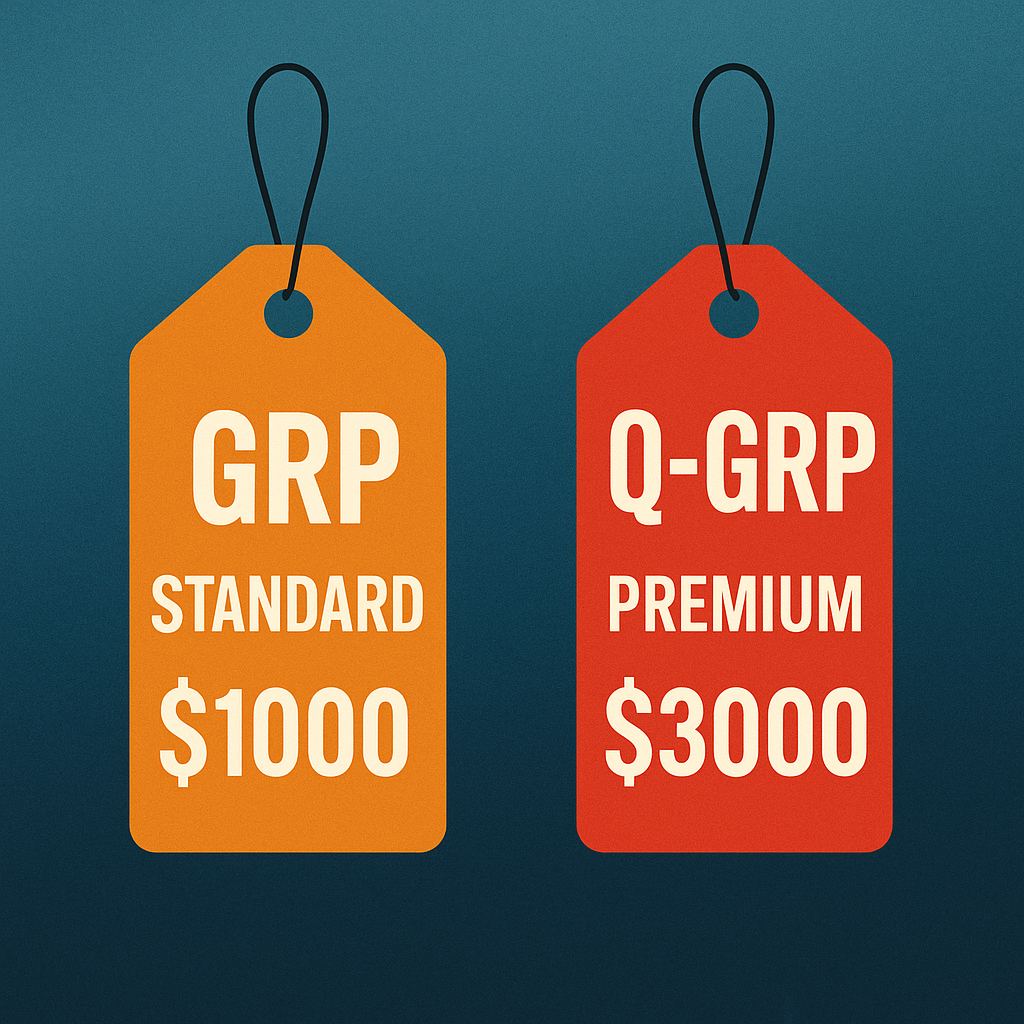Quality is the new black in advertising?
From the NFL–YouTube controversy to a new ad currency: why we need volume, quality, and a premium index (Q-GRP)
the recent controversy around Nielsen’s figure of 16 million viewers for an NFL game streamed exclusively and for free on YouTube as a starting point to reflect on the opportunity of adopting a new metric: the Q-GRP (Qualified GRP). “With a hybrid system — GRP + Q-GRP — advertising becomes a strategic investment again, one that can grow businesses and sustain a media ecosystem that remains central to society.”
The headline came from the U.S.: an NFL game streamed exclusively and for free on YouTube drew over 16 million viewers, according to Nielsen. A success? Yes — though controversy was included in the package.
Major American sports broadcasters were quick to challenge the methodology: Nielsen, they claim, used a “custom” workflow, not fully comparable with the new official currency (Big Data + Panel). The debate is no longer about who “won the night,” but about how much the numbers are really worth — and in which currency we should count them.
USA, UK and Italy: lessons compared
In the U.S., Nielsen has integrated set-top box and smart-TV ACR data with the traditional panel, trying to build a single currency. Yet methodological differences and “event-based” exceptions continue to fuel mistrust and disputes.
In the UK, BARB made history: Netflix and Disney+ agreed to share their server logs, allowing digital views to be expressed with the same metric as TV — the Average Minute Audience (AMA). But BARB’s panel is small, and the aggregated data supplied by the OTTs lacks granularity.
In Italy, Auditel launched the daily Total Audience, translating digital data into AMA comparable with linear TV. The panel is broad and the accuracy high. It’s a cultural and methodological leap — but with one limit: international OTTs remain at the margins of the JIC system because they are structurally different from broadcasters, they thrive on their first-party data, and by design they have limited ad inventory.
Transparency isn’t enough: we need a metric that grows the market
The real point isn’t (only) transparency. It’s whether the metric can sustain a balanced industrial ecosystem:
Linear TV lives on large volumes of GRPs, which fund production, sports, news, entertainment.
CTVs and OTTs have limited ad inventory (subscription-first models) but extremely granular data.
If only one pole is valued, the balance breaks: either traditional TV’s business is hollowed out, or digital gets trapped in a cheap, volume-only logic. Add to this the issue of effective attention— to avoid wasting advertisers’ money — and, as if that weren’t enough, the elephant in the room: social platforms, where creators are already shifting a significant share of audience attention.
The provocation: a new index, the Q-GRP
Today the ad market moves on two logics:
GRP (reach × frequency): solid, but “television-native.”
CPM: simple and transactional, but blind to the real value of impressions.
So why not think of a Q-GRP (Qualified GRP) — a premium layer that integrates:
Unique reach on the target.
Effective frequency (the one that actually generates recall).
Quality of exposure: viewability, time in view, attention, brand safety, co-viewing (measurable on social and connected media).
Representativeness of the target (fundamental, to avoid overpaying for niches that are interesting but statistically irrelevant).
Commercial cost (CPM), but only as one component — not the sole driver.
In this scenario, the Q-GRP would have a guaranteed minimum price, never lower than the traditional GRP. It’s not meant to compete with linear TV’s bulk volumes: it’s a different product, much like the different price tiers of goods in a supermarket.
I’ve heard people informally float the idea back in the days of selling cable channels — but always with empirical limits, no certified validation, no shared parameters. And back then, there was no connection, and the first forms of addressable TV were rudimentary at best.
A two-speed, but complementary logic
Linear TV continues to deliver bulk reach with standardized GRPs, essential for campaigns to reach critical mass.
CTVs and OTTs can valorize their scarce inventory with premium Q-GRPs, proving their effectiveness and justifying higher prices.
Advertisers would have two levers: quantity and quality — without having to choose one over the other.
Most importantly, we’d avoid a useless fight between different media with different inventories. Instead, advertising could reclaim its status as a meaningful product.
Conclusion: advertising is not a commodity
If we stay trapped in today’s boundaries, advertising risks becoming just a commodity — a “cash cow” losing value on TV while alternative formulas (like self-produced content) take over, all at the expense of creativity. A commoditized product loses its creative and productive value: it becomes “just a message” that says “enough” about the product.
With a hybrid GRP + Q-GRP system, advertising becomes strategic again — a driver of business growth and a supporter of a media ecosystem still central to society.
This isn’t about siding with broadcasters or OTTs. It’s about raising the currency we use to measure the value of attention.


